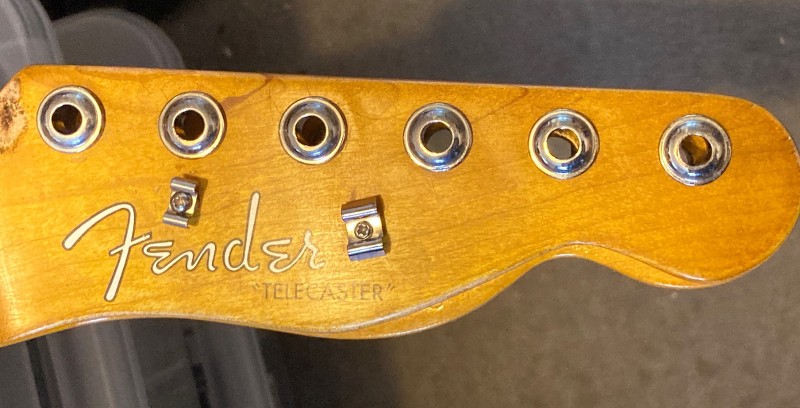As ILRGuitars said, it is 'one train of thought'. I can't see any mechanism as to how that could work. I've seen videos where people fitted a metal 'fat finger' clamp to a headstock, to see if it increased sustain. The idea is it adds mass, like a large headstock does, and the theory behind it is that more mass = more sustain. But their measured tests didn't show any increase in sustain.
There's a lot of confirmation bias behind these things, when the real reason for one guitar sustaining better than another one is down to something completely different, and which is probably different in every case.
If you like big headstocks then go big, but I wouldn't expect any sonic benefits as a result.







 Reply With Quote
Reply With Quote




